5 easy things to do to ensure a fruitful future for your orchard
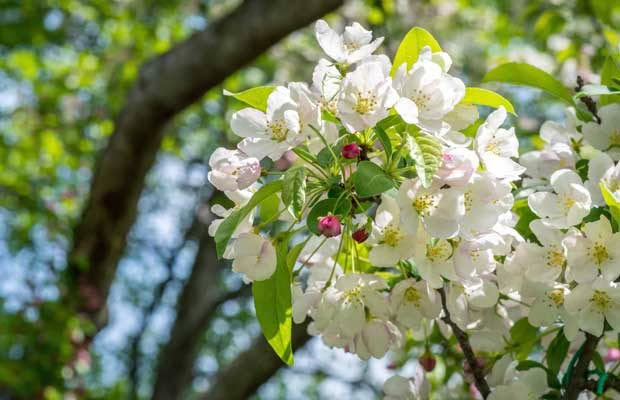
A flowering crab apple tree.
Your fruit trees will thank you (with fruit, of course).
Words: Nadene Hall
1. Plant the right tree for your area
We’re lucky to have a wide range of fruit trees to plant, including an ever-increasing number of heritage varieties.
But even in New Zealand’s relatively temperate climate, there are always going to be trees that just won’t work in your region.
If you want to grow cherries, Northland isn’t the place for you (unless you choose the capuli or capulin cherry, Prunus salicifolia, a subtropical variety). If you’re a Southlander who loves bananas, it’s not likely to happen without a lot of help from a heated greenhouse.
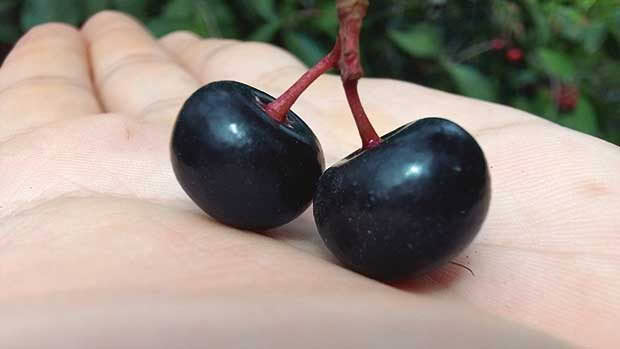
Capulin cherry, Prunis salicifolia.
You’re going to have more success and be more productive if you do a little research beforehand and choose trees that will suit your macroclimate (your region), mesoclimate (your block and the area immediately surrounding it), and microclimate (the area of your block where your orchard is sited).
2. Dig a good-sized hole
A tree is only as good as its roots, so taking the time to dig a hole that is twice as wide as the rootball is time well invested. Don’t dig it too deep though.
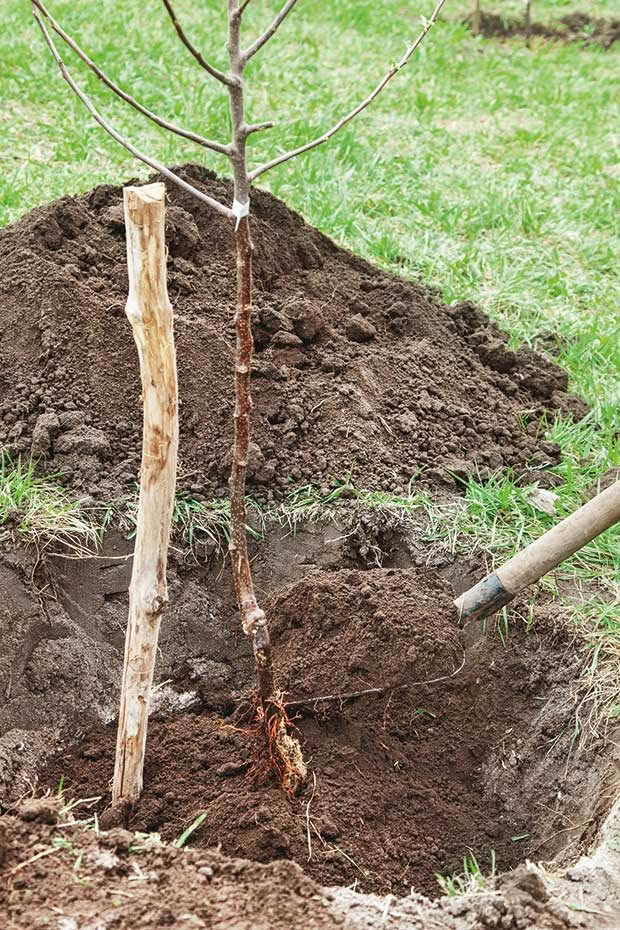
As a tree settles, it will sink and if it goes too low in the soil you risk it being waterlogged and/or its fine surface roots being starved of oxygen, stunting the tree’s growth or killing it over time.
3. Know from the start what you want your trees to be
You could have an orchard full of dwarf varieties, you could prune everything to be a specific height, or you could go for an all-natural height and spread.
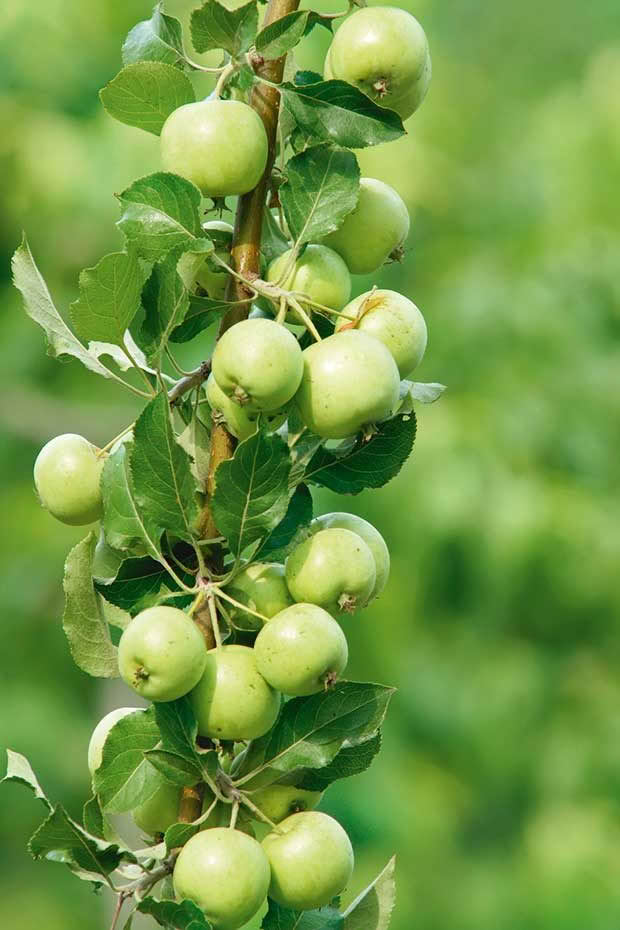
Whatever you wish to do, you need to plan it before you get planting so you get spacings right (remember to allow room for a tractor or truck to get access), to allow for irrigation if required, and room for trees to spread out if they need it.
4. Don’t steal from your tree
Getting spacings right means a tree gets the maximum amount of sunlight it needs to grow and be productive.
It’s also important to not prune off more branches (and therefore sunlight-gathering leaves) than a tree can handle, generally no more than 25% at any one time.
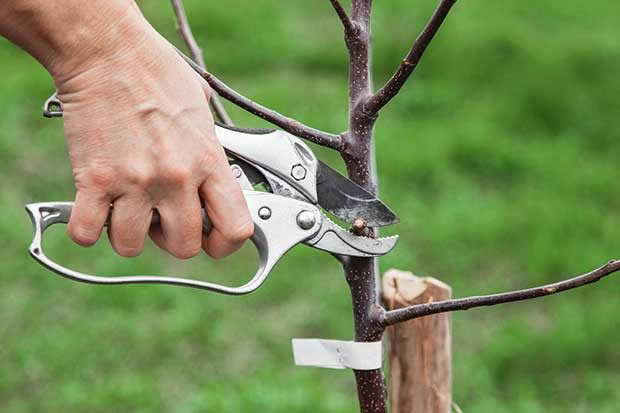
It’s especially important if you’re pruning a tree for height. If you cut off too much, the tree will try to regrow as much foliage as quickly as it possibly can, resulting in watersprouts (like suckers but they form higher in the tree, not at the base) which will grow tall fast but be weak, and get the tree back to an unmanageable height.
5. Give your tree a break in the two years after planting
A young tree will blossom and possibly even grow fruit, but it’s a good idea to remove any fruit that form when they are small.
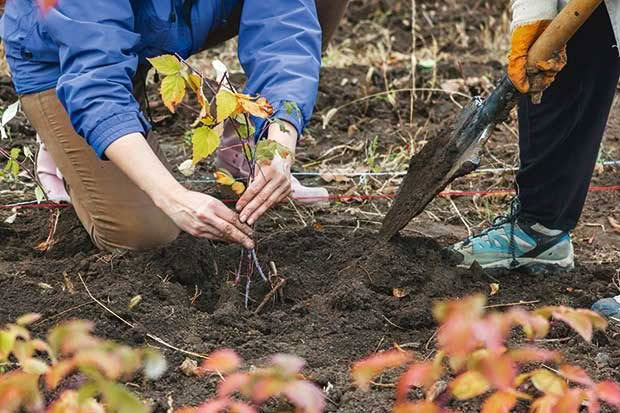
It’s more important for long-term production to give the tree a break from reproduction so it can direct its resources to its root system.
Weeding out to about 1m square around the base of a young tree means it will get more out of the soil and won’t have to compete with weeds robbing it of nutrients or oxygen (especially grass which can form a thick cover).
A good dose of a nitrogen fertiliser will also help it get the best start.
Love this story? Subscribe now!
 This article first appeared in NZ Lifestyle Block Magazine.
This article first appeared in NZ Lifestyle Block Magazine.
